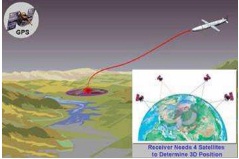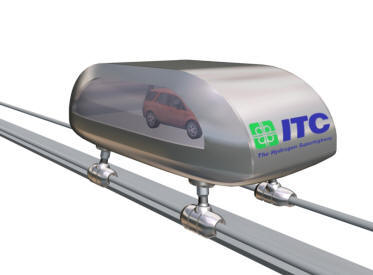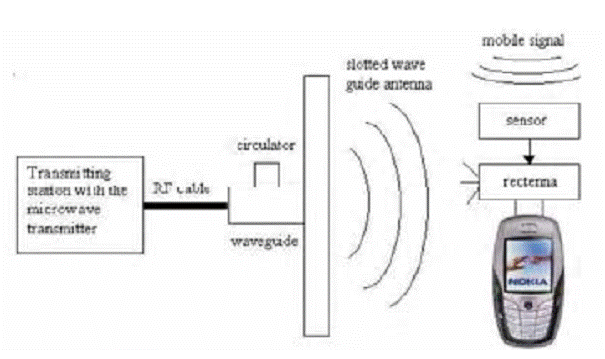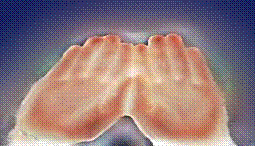Introduction
Cellular Digital Packet Data (CDPD) systems offer what is currently one of the most advanced means of wireless data transmission technology. Generally used as a tool for business, CDPD holds promises for improving law enforcement communications and operations. As technologies improve, CDPD may represent a major step toward making our nation a wireless information society. While CDPD technology is more complex than most of us care to understand, its potential benefits are obvious even to technological novices.
In this so-called age of information, no one need to be reminded of speed but also accuracy in the storage, retrieval and transmission of data. The CDPD network is a little one year old and already is proving to be a hot digital enhancement to the existing phone network. CDPD transmits digital packet data at 19.2 Kbps, using idle times between cellular voice calls on the cellular telephone network.
CDPD technology represent a way for law enforcement agencies to improve how they manage their communications and information systems. For over a decade, agencies around the world have been experimenting with placing Mobile Data Terminals(MDT) in their vehicles to enhance officer safety and efficiency.
Early MDT's transmits their information using radio modems. In this case data could be lost in transmission during bad weather or when mobile units are not properly located in relation to transmission towers. More recently MDT's have transmitted data using analog cellular telephone modems. This shift represented an improvement in mobile data communications, but systems still had flaws which limited their utility.
Since the mid-1990's, computer manufacturers and the telecommunication industry have been experimenting with the use of digital cellular telecommunications as a wireless means to transmit data. The result of their effort is CDPD systems. These systems allow users to transmit data with a higher degree of accuracy, few service interruptions, and strong security. In addition CDPD technology represent a way for law enforcement agencies to improve how they manage their communications and information systems. This results in the capacity for mobile users to enjoy almost instantaneous access to information.
WHAT IS CDPD?
CDPD is a specification for supporting wireless access to the Internet and other public packet-switched networks. Data transmitted on the CDPD systems travel several times faster than data send using analog networks
Cellular telephones and modem providers that offer CDPD support make it possible for mobile users to get access to the Internet at up to 19,2 Kbps. Because CDPD is an open specification that adheres to the layered structure of the Open Systems Interconnection (OSI) model, it has the ability to be extended in the future. CDPD supports both the Internet's Connectionless Network Protocol (CLNP).
CDPD also supports IP multicast (one-to-many) service. With multicast, a company can periodically broadcast company updates to sales and service people on the road or a news subscription service can transmit its issues as they are published. It will also support the next level of IP, IPV6. With CDPD we are assigned our very own address. With this address, we are virtually always connected to our host without having to keep a constant connection.
There are currently two methods for sending data over cellular networks: cellular digital packet data (CDPD) and cellular switched-circuit data (CSCD). Each has distinct advantages depending on the type of application, amount of data to send or receive, and geographic coverage needs.
Cellular Digital Packet Data (CDPD) systems offer what is currently one of the most advanced means of wireless data transmission technology. Generally used as a tool for business, CDPD holds promises for improving law enforcement communications and operations. As technologies improve, CDPD may represent a major step toward making our nation a wireless information society. While CDPD technology is more complex than most of us care to understand, its potential benefits are obvious even to technological novices.
In this so-called age of information, no one need to be reminded of speed but also accuracy in the storage, retrieval and transmission of data. The CDPD network is a little one year old and already is proving to be a hot digital enhancement to the existing phone network. CDPD transmits digital packet data at 19.2 Kbps, using idle times between cellular voice calls on the cellular telephone network.
CDPD technology represent a way for law enforcement agencies to improve how they manage their communications and information systems. For over a decade, agencies around the world have been experimenting with placing Mobile Data Terminals(MDT) in their vehicles to enhance officer safety and efficiency.
Early MDT's transmits their information using radio modems. In this case data could be lost in transmission during bad weather or when mobile units are not properly located in relation to transmission towers. More recently MDT's have transmitted data using analog cellular telephone modems. This shift represented an improvement in mobile data communications, but systems still had flaws which limited their utility.
Since the mid-1990's, computer manufacturers and the telecommunication industry have been experimenting with the use of digital cellular telecommunications as a wireless means to transmit data. The result of their effort is CDPD systems. These systems allow users to transmit data with a higher degree of accuracy, few service interruptions, and strong security. In addition CDPD technology represent a way for law enforcement agencies to improve how they manage their communications and information systems. This results in the capacity for mobile users to enjoy almost instantaneous access to information.
WHAT IS CDPD?
CDPD is a specification for supporting wireless access to the Internet and other public packet-switched networks. Data transmitted on the CDPD systems travel several times faster than data send using analog networks
Cellular telephones and modem providers that offer CDPD support make it possible for mobile users to get access to the Internet at up to 19,2 Kbps. Because CDPD is an open specification that adheres to the layered structure of the Open Systems Interconnection (OSI) model, it has the ability to be extended in the future. CDPD supports both the Internet's Connectionless Network Protocol (CLNP).
CDPD also supports IP multicast (one-to-many) service. With multicast, a company can periodically broadcast company updates to sales and service people on the road or a news subscription service can transmit its issues as they are published. It will also support the next level of IP, IPV6. With CDPD we are assigned our very own address. With this address, we are virtually always connected to our host without having to keep a constant connection.
There are currently two methods for sending data over cellular networks: cellular digital packet data (CDPD) and cellular switched-circuit data (CSCD). Each has distinct advantages depending on the type of application, amount of data to send or receive, and geographic coverage needs.




